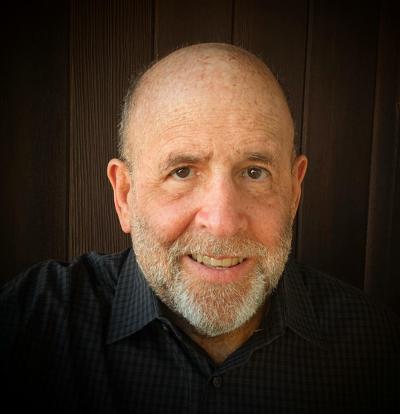By Andrew Malekoff
Tattoos were not big when I was growing up. I didn’t know anyone with a tattoo aside from Popeye, who had two anchors tattooed on his massive forearms.
When I was a teenager, the only kid I recall with a tattoo went to a high school that we competed against in wrestling. He had Air Force wings on one of his outer biceps. Although he was a very good wrestler, when he stepped out onto the mat I imagined his badass tattoo intimidated some opponents, giving him a psychological edge.
I don’t recall seeing many people with tattoos in the ensuing years, except for a few military veterans. That all seemed to change by the time I moved to Long Beach in 1978. One of the unique aspects of living in a beach community is that everyone is more than half-naked from June through September – neighbors, store clerks, bus drivers, school principals, nurses, doctors and just about everyone else.
Seeing people outside of their usual surroundings wearing next to nothing was odd at first. I often did a double take thinking, “I know that person, but I can’t place them.” In time, though, it seemed ordinary.
As the years unfolded like a flip art book, more and more people paraded along the shoreline sporting tattoos. There were women with delicate ankle or wrist tattoos, muscle guys with barbed wire tattoos wrapped around their biceps and still more women with tattoos on their backs just north of their bikini bottoms.
In time the tattoos evolved into more elaborate designs covering more real estate. There were full and half sleeves, as well as leg, chest, stomach and back tattoos. The art ranged from simple decorative line drawings to more ornate designs in many styles, including portraiture, realism, tribal, Japanese and American Traditional with its trademark bold lines and bright colors.
Some tattoos consisted of lettering alone with personal messages, Bible verses or Chinese characters. Whatever the choice, committing indelible ink to one’s body is often infused with personal meaning.
My education on tattooing accelerated dramatically after my youngest son Darren decided to pursue the craft. Fast forward: Once he became established in NYC, during his visits home we often walked along the Long Beach boardwalk and talked tattooing.
What I had not given much thought to before our conversations is that a truly professional tattoo artist is more than a technician, but someone who takes a holistic approach and intuitively understands the body-mind-spirit connection that is essential for optimizing the client experience.
For many, tattoos are integral to their identity. In more instances than one might imagine, tattoos are related to trauma and loss. A tattooist’s conversations with their clients before, during and after getting a tattoo are essential. Tattooing, for many, is far more than an in-and-out encounter and can range anywhere from hours to days and weeks.
New York City-based tattoo artist Tamara Santibañez has provided coverups for women affected by incarceration and human trafficking and advocates for integrating healing and trauma-informed care into the tattooing experience. Santibañez explained that for many incarcerated or trafficked women, their original tattoos were applied under coercive conditions.
Santibañez, who authored “Could This Be Magic: Tattooing as Liberation Work,” cautions that “tattooing can activate trauma in a number of ways, most immediately because we are working directly with people’s bodies, and bodies can often hold complicated histories and experiences.” As leading trauma expert Bessel van der Kolk put it, “the body keeps the score.” Recognizing the presence of trauma, Santibañez stresses, is the first step to avoid re-traumatizing or further hurting clients.
Among the conversations I had with Darren, two stories come to mind. One was about a vibrant young woman whose back was terribly scarred after a nasty run in with a propeller in a boating accident. The other was about a much older woman who was grieving the death of her sister.
He recalled how he approached each of them and allowed space for them to tell their stories and give voice to the needs that brought them to him in the first place. It became clear to me that this led to a collaborative relationship that made all the difference.
Today, I see the innumerable tattoos that pass me by on the shoreline in a new light, understanding that most carry more profound and sometimes unimaginable meaning than I could have ever imagined.



